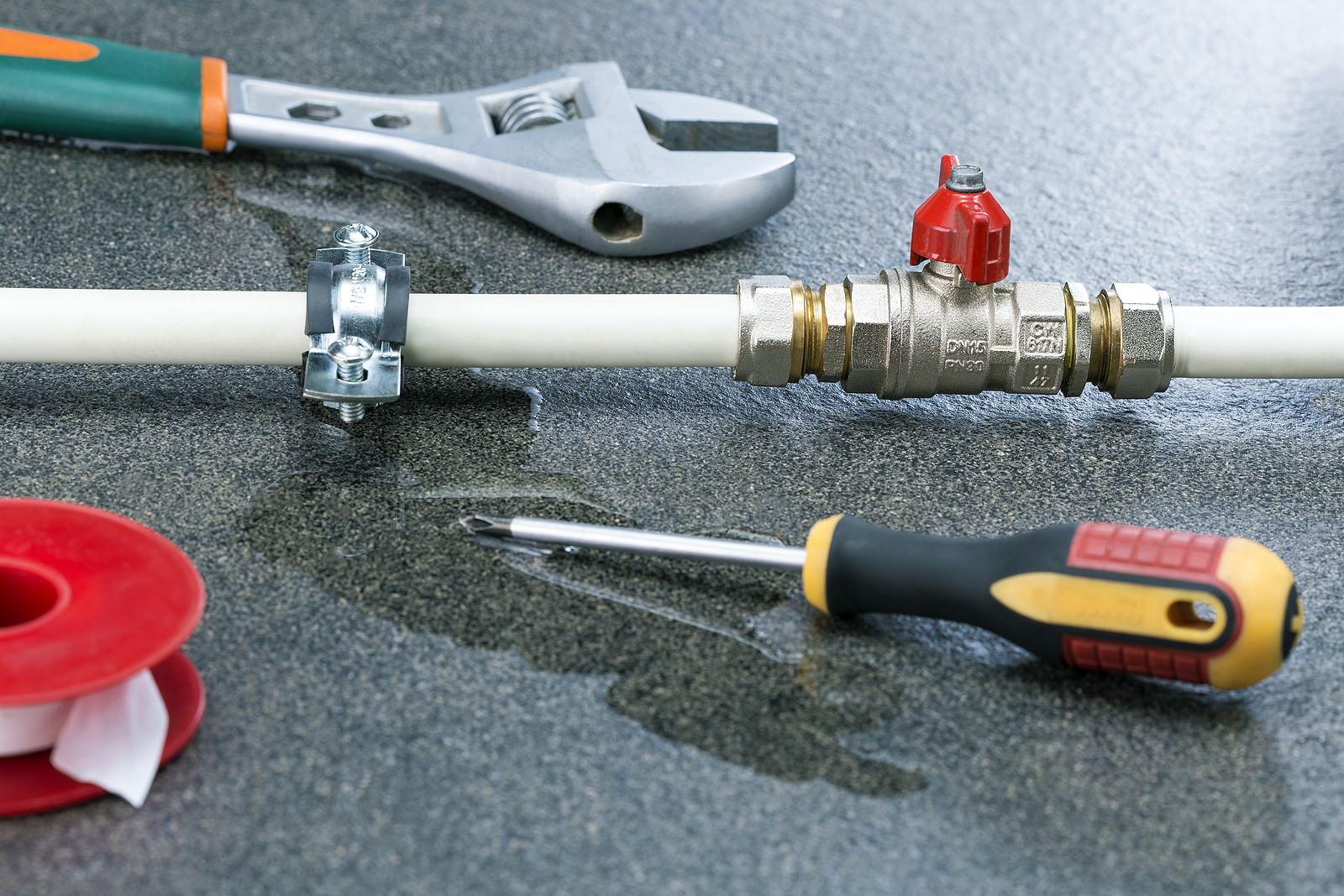6 Ways to Find Concealed Water Leakages in Your House
6 Ways to Find Concealed Water Leakages in Your House
Blog Article
Are you currently looking for critical information around Leaking water lines?

Early discovery of dripping water lines can minimize a possible calamity. Some tiny water leaks may not be noticeable.
1. Analyze the Water Meter
Every house has a water meter. Examining it is a proven way that aids you uncover leakages. For beginners, shut off all the water resources. Guarantee no person will certainly flush, use the faucet, shower, run the washing maker or dishwasher. From there, go to the meter as well as watch if it will certainly alter. Considering that nobody is using it, there need to be no movements. If it moves, that suggests a fast-moving leak. If you spot no modifications, wait a hr or 2 and also check back again. This means you may have a slow-moving leakage that could also be below ground.
2. Inspect Water Usage
If you spot abrupt modifications, regardless of your intake being the exact same, it suggests that you have leaks in your plumbing system. An abrupt spike in your costs shows a fast-moving leakage.
A consistent increase every month, even with the same behaviors, reveals you have a slow-moving leak that's also gradually intensifying. Call a plumber to extensively check your building, especially if you feel a warm area on your floor with piping underneath.
3. Do a Food Coloring Test
30% comes from toilets when it comes to water intake. Examination to see if they are running effectively. Drop specks of food color in the container and wait 10 minutes. If the shade somehow infiltrates your bowl during that time without flushing, there's a leakage between the container and dish.
4. Asses Exterior Lines
Do not forget to check your outside water lines also. Needs to water permeate out of the connection, you have a loosened rubber gasket. One little leakage can squander heaps of water and surge your water costs.
5. Evaluate the circumstance and examine
Property owners need to make it a practice to inspect under the sink counters and also also inside closets for any kind of bad odor or mold and mildew development. These 2 red flags indicate a leak so timely attention is called for. Doing routine evaluations, even bi-annually, can save you from a significant issue.
If you know your home is already old, keep a careful eye on your heating systems, pipes, pipelines and so on. Look for stainings and also weakening as most pipes as well as home appliances have a life span. They will certainly likewise naturally degrade as a result of tear and put on. If you suspect leaking water lines in your plumbing system, do not wait for it to rise. Call a specialist plumber right away so you do not end up with a horrible mess in your house.
Early discovery of dripping water lines can reduce a potential disaster. Some little water leaks might not be noticeable. Examining it is a guaranteed means that assists you uncover leaks. One tiny leak can lose loads of water and increase your water bill.
If you suspect leaking water lines in your plumbing system, don't wait for it to escalate.
WARNING SIGNS OF WATER LEAKAGE BEHIND THE WALL
PERSISTENT MUSTY ODORS
As water slowly drips from a leaky pipe inside the wall, flooring and sheetrock stay damp and develop an odor similar to wet cardboard. It generates a musty smell that can help you find hidden leaks.
MOLD IN UNUSUAL AREAS
Mold usually grows in wet areas like kitchens, baths and laundry rooms. If you spot the stuff on walls or baseboards in other rooms of the house, it’s a good indicator of undetected water leaks.
STAINS THAT GROW
When mold thrives around a leaky pipe, it sometimes takes hold on the inside surface of the affected wall. A growing stain on otherwise clean sheetrock is often your sign of a hidden plumbing problem.
PEELING OR BUBBLING WALLPAPER / PAINT
This clue is easy to miss in rooms that don’t get much use. When you see wallpaper separating along seams or paint bubbling or flaking off the wall, blame sheetrock that stays wet because of an undetected leak.
BUCKLED CEILINGS AND STAINED FLOORS
If ceilings or floors in bathrooms, kitchens or laundry areas develop structural problems, don’t rule out constant damp inside the walls. Wet sheetrock can affect adjacent framing, flooring and ceilings.
https://www.servicemasterbyzaba.com/blog/how-to-detect-water-leakage-in-walls/

We were shown that editorial on Detecting hidden plumbing leaks from an associate on our other web page. Those who liked our blog post please make sure you remember to share it. I treasure reading our article about Finding hidden leaks.
Report this page